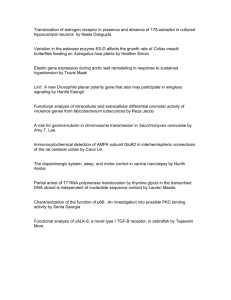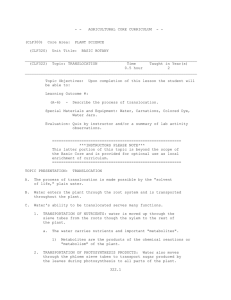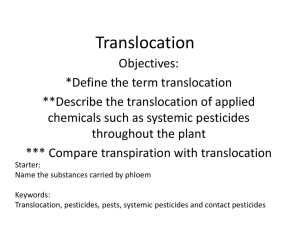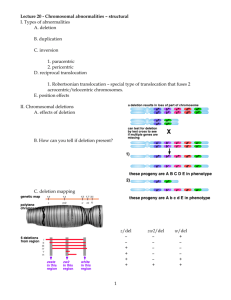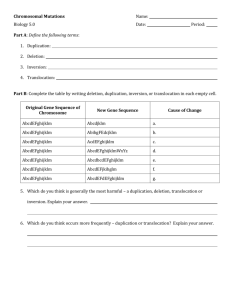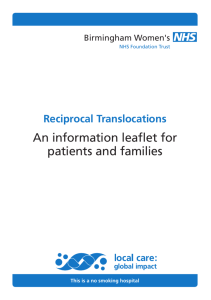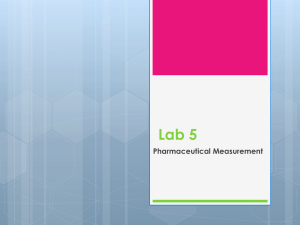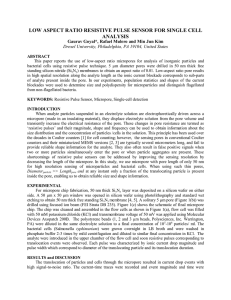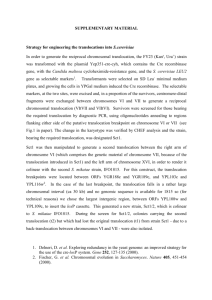Taking into consideration that at this DNA concentration
advertisement
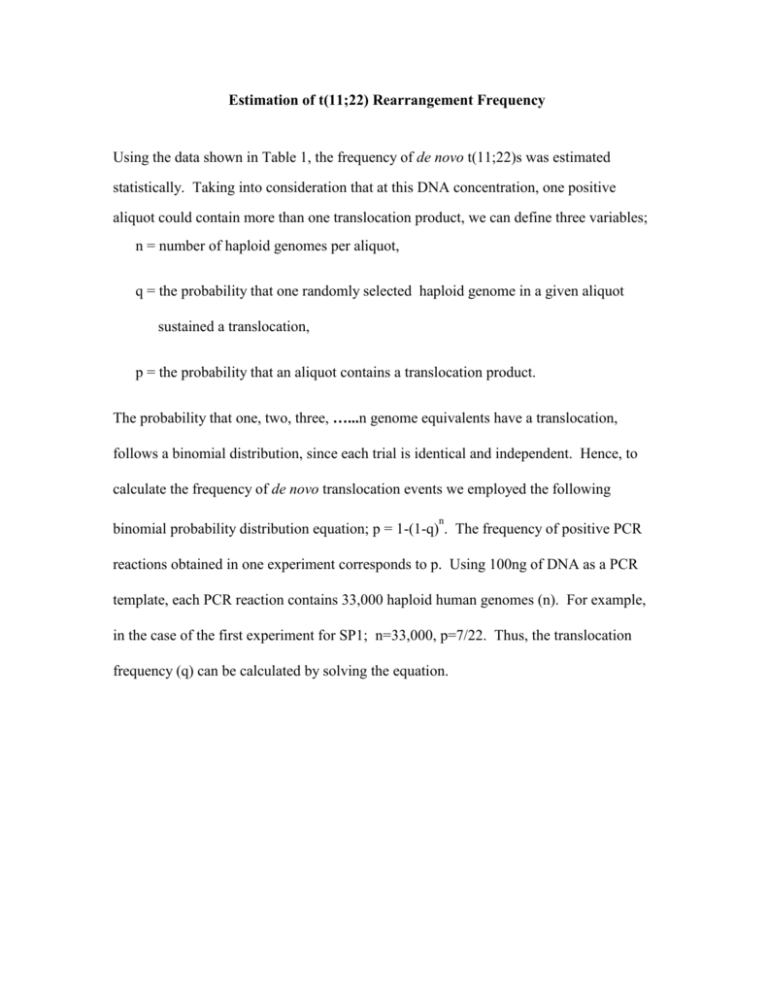
Estimation of t(11;22) Rearrangement Frequency Using the data shown in Table 1, the frequency of de novo t(11;22)s was estimated statistically. Taking into consideration that at this DNA concentration, one positive aliquot could contain more than one translocation product, we can define three variables; n = number of haploid genomes per aliquot, q = the probability that one randomly selected haploid genome in a given aliquot sustained a translocation, p = the probability that an aliquot contains a translocation product. The probability that one, two, three, …...n genome equivalents have a translocation, follows a binomial distribution, since each trial is identical and independent. Hence, to calculate the frequency of de novo translocation events we employed the following n binomial probability distribution equation; p = 1-(1-q) . The frequency of positive PCR reactions obtained in one experiment corresponds to p. Using 100ng of DNA as a PCR template, each PCR reaction contains 33,000 haploid human genomes (n). For example, in the case of the first experiment for SP1; n=33,000, p=7/22. Thus, the translocation frequency (q) can be calculated by solving the equation.
